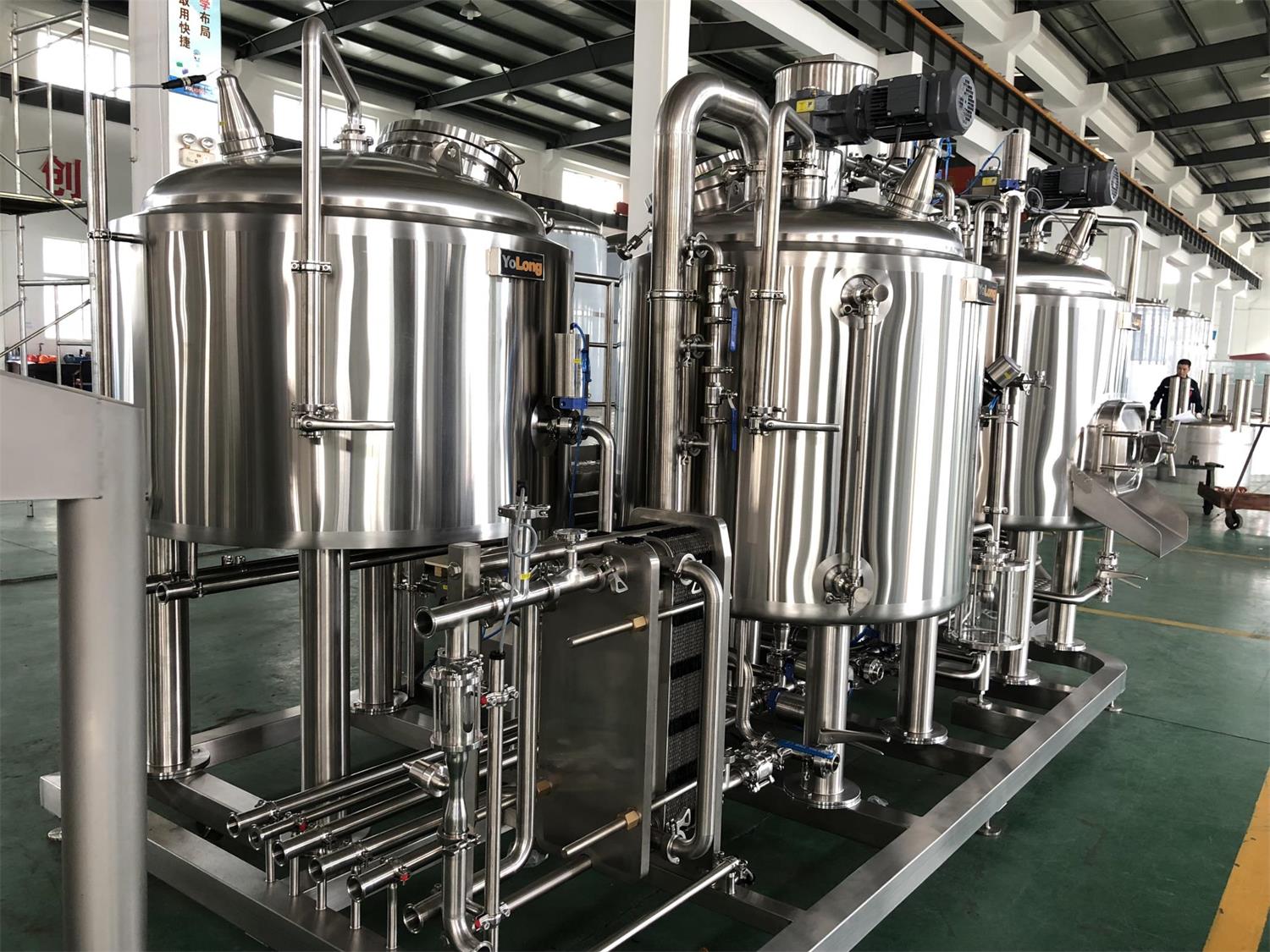Brewery Systems for Sale
Overview of Brewery Systems
Brewery systems are the heart and soul of any brewing operation. Think of them as the kitchen of a restaurant—without the right equipment, you’re not serving up anything worth talking about. These systems range from small, homebrew setups to massive commercial operations capable of producing thousands of gallons of beer. But no matter the size, they all have one thing in common: they turn water, malt, hops, and yeast into the delicious beer we all love.
When shopping for a brewery system, you’ll need to consider factors like capacity, automation, materials, and, of course, your budget. The good news? There’s a system out there for every brewer, whether you’re crafting beer in your garage or running a full-scale brewery. Let’s break it all down.
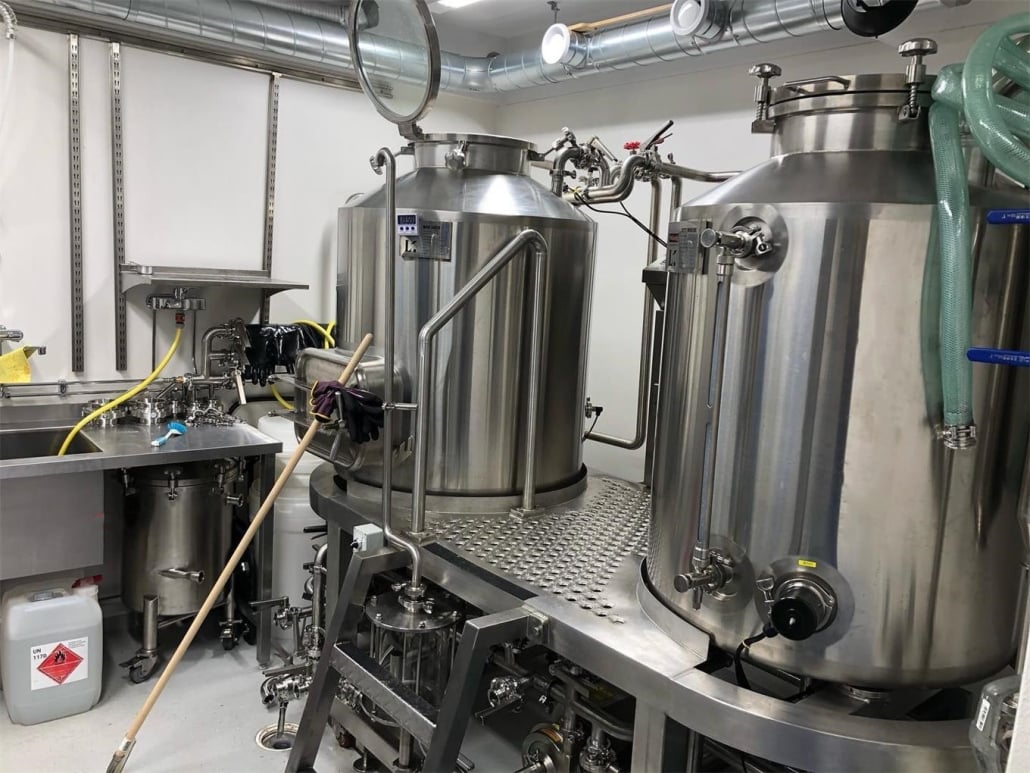
Types of Brewery Systems Available
Not all brewery systems are created equal. Depending on your needs, you’ll find a variety of setups designed for different scales and styles of brewing. Here’s a quick rundown of the most common types:
1. Nano Brewery Systems
Nano systems are perfect for small-scale operations, typically producing 1-3 barrels per batch. These are ideal for hobbyists or small businesses looking to test the waters before scaling up. They’re compact, affordable, and great for experimenting with unique recipes.
2. Microbrewery Systems
Microbrewery systems are a step up, usually producing 3-15 barrels per batch. These are the go-to for craft breweries that want to supply local bars, restaurants, and stores. They strike a balance between capacity and flexibility, allowing you to brew a variety of styles without breaking the bank.
3. Pub Brewery Systems
Pub systems are designed for breweries that also serve food and drinks on-site. They’re often smaller than microbrewery setups but come with additional features like integrated tap systems and serving tanks. If you’re running a brewpub, this is the way to go.
4. Commercial Brewery Systems
Commercial systems are the big leagues, producing 15+ barrels per batch. These are for large-scale operations that distribute beer regionally or nationally. They’re highly automated, efficient, and built to handle high-volume production.
5. All-in-One Brewing Systems
All-in-one systems are the Swiss Army knives of brewing. They combine mashing, boiling, and fermenting into a single unit, making them perfect for beginners or those with limited space. Brands like BrewJacket and Grainfather have popularized these compact, user-friendly systems.
Factors to Consider When Buying a Brewery System
Buying a brewery system is a big investment, so you’ll want to get it right. Here are some key factors to keep in mind:
1. Capacity
How much beer do you plan to brew? If you’re just starting out, a smaller system might be more practical. But if you’re aiming to supply a local market, you’ll need something with more capacity.
2. Automation
Automated systems can save you time and effort, but they come with a higher price tag. Manual systems are more affordable but require more hands-on work. Think about how much control you want over the brewing process.
3. Materials
Stainless steel is the gold standard for brewery systems because it’s durable, easy to clean, and resistant to corrosion. However, some smaller systems use aluminum or other materials to keep costs down.
4. Space
Do you have a dedicated brewing space, or are you working with limited room? Make sure to measure your space and choose a system that fits comfortably.
5. Budget
Brewery systems can range from a few hundred dollars to hundreds of thousands. Set a realistic budget and stick to it—but remember, this is an investment in your brewing future.
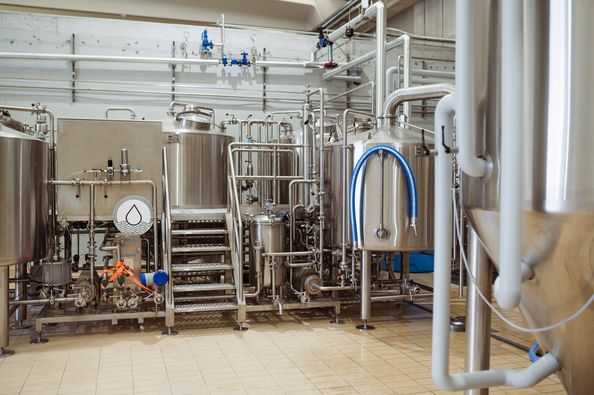
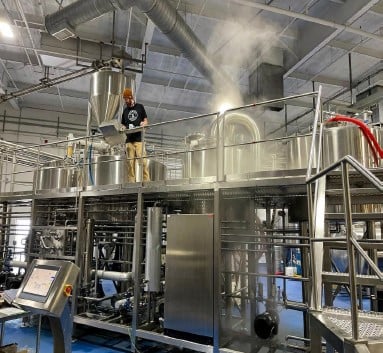
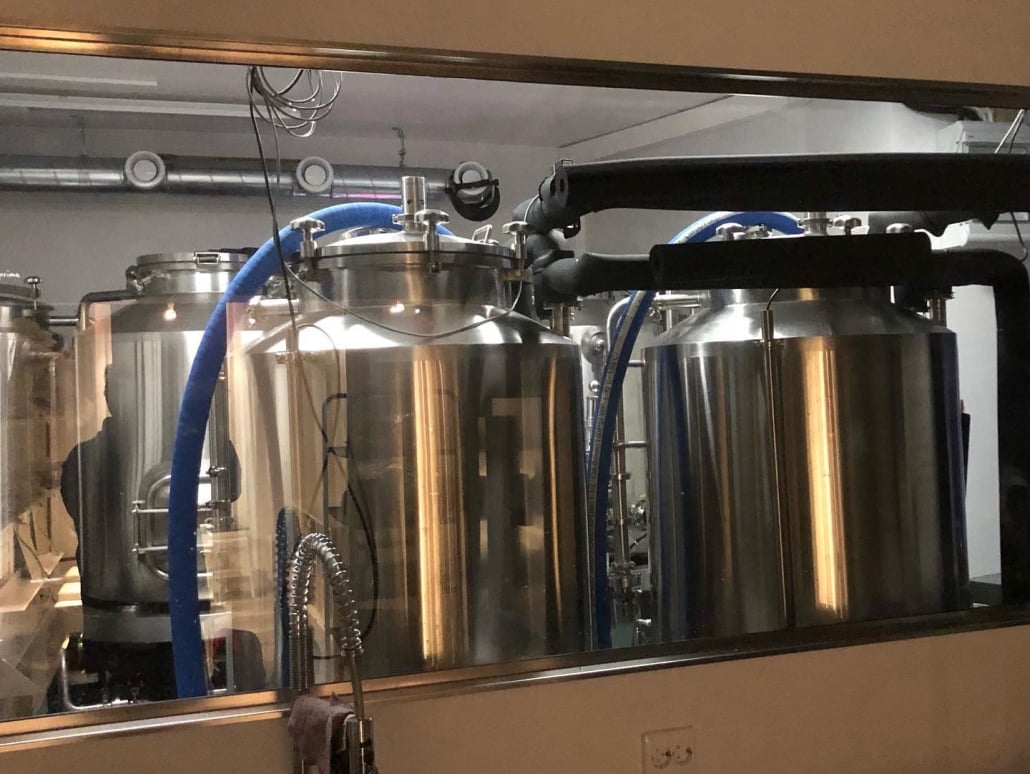

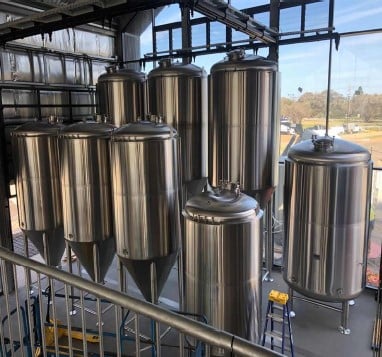
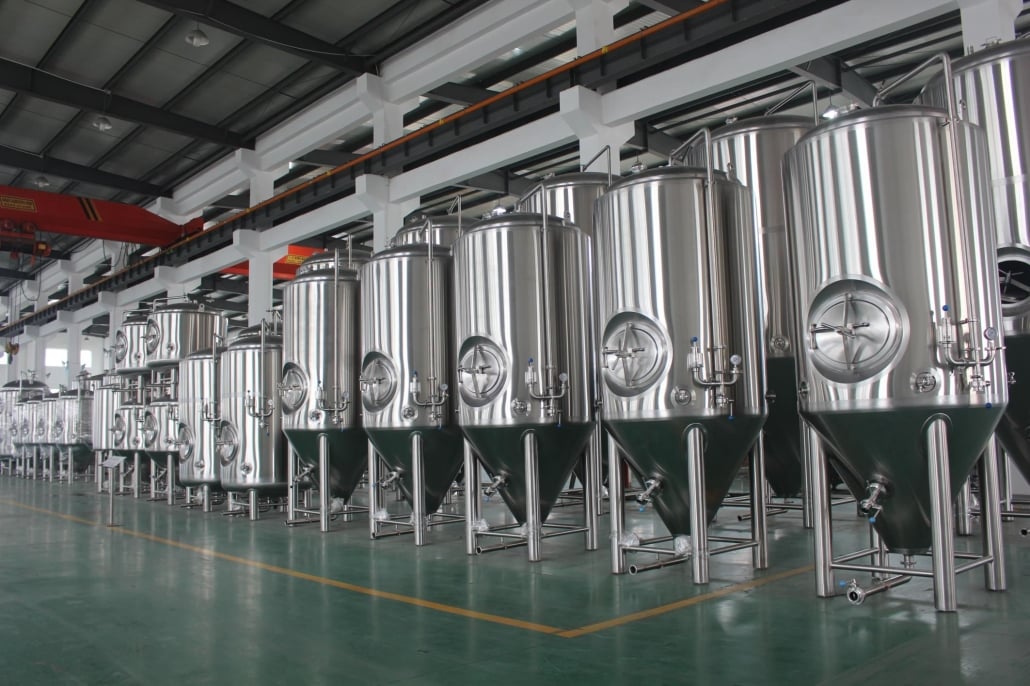
Where to Find Brewery Systems for Sale?
Now that you know what to look for, where can you actually buy a brewery system? Here are some of the best places to start your search:
- Online Retailers: Websites like ProBrewer, BrewBids, and eBay often have new and used systems for sale.
- Manufacturers: Many companies, like SS Brewtech and Blichmann Engineering, sell directly to consumers.
- Local Distributors: Check out local brewing supply stores or distributors for hands-on advice and support.
- Auctions: Sometimes, breweries go out of business and sell their equipment at auction. You can find some great deals this way.
Tips for Choosing the Best Brewery System
| Tip | Details |
|---|---|
| Start Small | If you’re new to brewing, consider a smaller system to learn the ropes. |
| Think Long-Term | Choose a system that can grow with your business. |
| Read Reviews | Look for feedback from other brewers to avoid costly mistakes. |
| Consider Used Equipment | Used systems can save you money, but inspect them carefully for wear. |
| Ask for a Demo | If possible, test the system before buying to ensure it meets your needs. |
Maintenance and Upkeep Recommendations for Brewery Systems
Once you’ve got your brewery system, keeping it in top shape is crucial. Here are some maintenance tips to keep your beer flowing smoothly:
- Clean Regularly: Brewing leaves behind residue that can affect the taste of your beer. Clean your system after every use.
- Inspect for Wear and Tear: Check hoses, seals, and valves for signs of damage and replace them as needed.
- Sanitize Everything: Sanitation is key to preventing contamination. Use food-grade sanitizers for all equipment.
- Schedule Professional Maintenance: For larger systems, consider hiring a professional for annual check-ups.
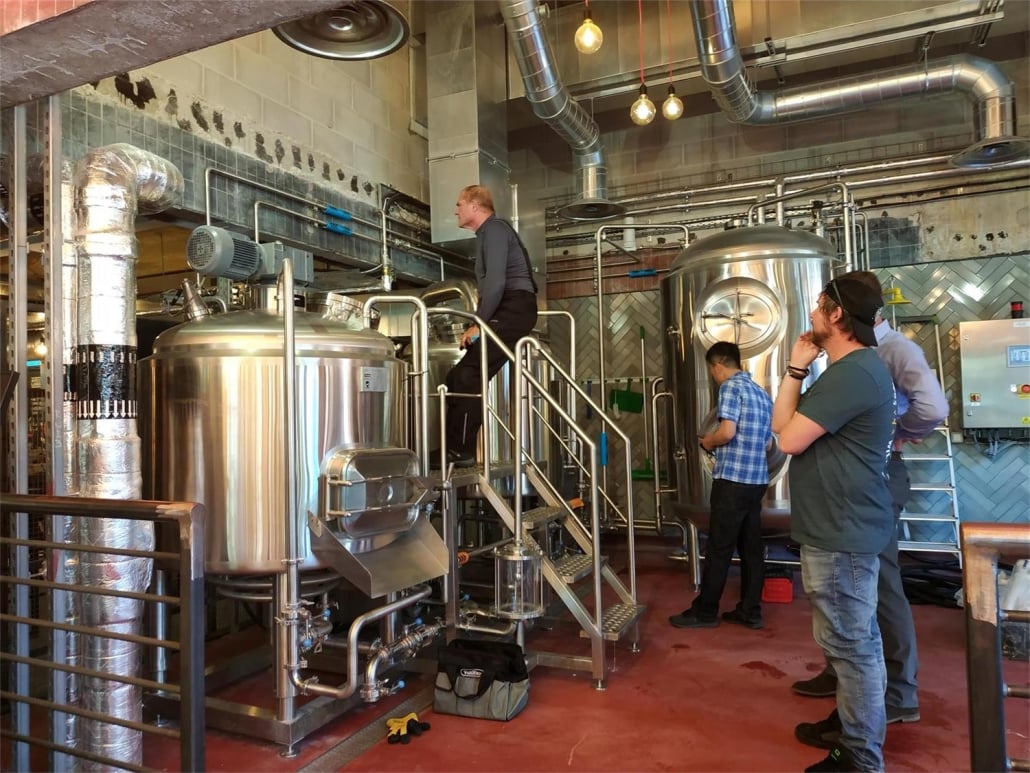
FAQ
| Question | Answer |
|---|---|
| What’s the best brewery system for beginners? | All-in-one systems are great for beginners due to their simplicity and affordability. |
| How much does a brewery system cost? | Prices range from $500 for small systems to $500,000+ for commercial setups. |
| Can I buy a used brewery system? | Yes, but inspect it thoroughly and ensure it’s been well-maintained. |
| What’s the lifespan of a brewery system? | With proper care, a high-quality system can last 10-20 years or more. |
| Do I need a license to operate a brewery? | Yes, you’ll need federal, state, and local licenses to sell beer legally. |
Additional FAQs About Buying Brewery Systems (2025)
1) How do I size a brewery system for my first year of production?
Back into capacity from sales: estimate barrels/year, divide by turns/week and weeks brewing, then pick a brewhouse and fermenter mix (unitanks at 2–3× brewhouse size improves cellar efficiency).
2) Is a modular/skid-mounted brewhouse worth the premium?
Yes for most startups. Pre-plumbed and pre-wired skids reduce install/commissioning time, site risk, and change orders—often offsetting the premium with faster opening.
3) What minimum QA tools should ship with a new brewery system?
pH meter, hydrometer/densitometer, thermometer with calibration cert, DO meter (cold side), ATP swabs, CO2 verification (Zahm/at-line). Include sample ports on tanks and a proper lab sink.
4) Should I buy a canning line now or start with mobile/contract packaging?
Start with mobile/contract unless you’ll package ≥3–4 days/month. Negotiate DO limits (≤40 ppb), seam specs, and min runs; invest in in-house once volume and staffing justify uptime.
5) What utilities and building features are non-negotiable for new installs?
Three‑phase power, adequate gas/steam, floor drains with slope, potable water flow/pressure, make‑up air and ventilation, dry oil‑free compressed air, adequate glycol chiller pad space, and forklift access.
2025 Industry Trends for Brewery Systems
- Faster installs via modular skids and factory acceptance testing (FAT) with remote SAT support.
- Sustainability incentives: rebates for heat recovery to HLT, VFD pumps, insulated vessels, and low‑water CIP.
- Low-oxygen practices standardize: closed transfers, inline DO on brite, and DO clauses in co‑packing contracts.
- Data-forward cellars: PLC/HMI with cloud logging for batch records and preventative maintenance.
- Taproom-first strategies: draft-heavy mix with selective packaged drops to manage DO and cash flow.
2024–2025 Benchmarks and Adoption
| Metric | 2024 | 2025 (proj.) | Notes/Source |
|---|---|---|---|
| Startups using modular skid brewhouses | ~40% | ~55% | OEM catalogs; installer surveys |
| Launching with mobile/contract canning | ~50% | ~60% | Co‑packer reports; trade forums |
| Brewhouse specific energy (kWh/hl) | 22–28 | 18–24 | Brewers Association benchmarking |
| Water-to-beer ratio (hl/hl) | 4.0–5.5 | 3.2–4.5 | BA resources; integrator data |
| PLC/HMI adoption ≤15 bbl | ~45% | ~60% | Trade show polling |
| Inline DO on brite tanks (adoption) | ~40% | ~55% | QA audits; supplier shipments |
Authoritative references:
- Brewers Association sustainability and benchmarking: https://www.brewersassociation.org/sustainability
- Master Brewers Association of the Americas (MBAA) Technical Quarterly: https://www.mbaa.com/publications/tq
- American Society of Brewing Chemists (ASBC) Methods: https://www.asbcnet.org
- U.S. DOE Better Plants calculators (steam, motors, heat recovery): https://www.energy.gov/better-plants
Latest Research Cases
Case Study 1: Modular Skid System Cuts Time-to-First-Brew (2025)
Background: A 10 bbl startup faced tight timelines and limited onsite trades.
Solution: Selected a pre-plumbed, pre-wired 2-vessel skid with FAT documentation, remote I/O, and heat recovery to HLT.
Results: Install-to-first-brew in 12 days; brewhouse energy dropped 16% (kWh/hl); water-to-beer improved by 0.6 hl/hl; punch-list items reduced during SAT.
Case Study 2: Mobile Canning + DO Controls Improve Shelf Stability (2024)
Background: Early cans showed staling at 60–90 days due to elevated package DO (>70 ppb).
Solution: Implemented CO2 purged hoses/lines, cap-on-foam SOPs, inline DO on brite, and mobile canning contract with ≤40 ppb DO guarantee.
Results: Median package DO 28–35 ppb; 35–40% fewer freshness complaints; packaging uptime improved 6% due to faster fault isolation.
Expert Opinions
- Tom Shellhammer, Ph.D., Professor of Fermentation Science, Oregon State University
Key viewpoint: Oxygen control from whirlpool to package drives flavor stability; specify equipment that enables closed transfers and DO measurement at commissioning. - John Mallett, Author of “Malt”; former VP Operations, Bell’s Brewery
Key viewpoint: Repeatability is an equipment and SOP function—prioritize lauter tun control, temperature accuracy, and documented procedures before scaling capacity. - Mary Pellettieri, QA Consultant; Author of “Quality Management for Craft Beer”
Key viewpoint: A minimal viable lab with disciplined records prevents costly defects; sampling plans and traceability should be in place on day one.
Practical Tools and Resources
- Planning and licensing
- TTB Permits Online: https://www.ttb.gov/beer/permits
- SBA business planning tools: https://www.sba.gov
- Technical standards and QA
- ASBC Methods: https://www.asbcnet.org
- MBAA Best Practices/TQ: https://www.mbaa.com
- Sustainability and utilities
- Brewers Association calculators/guides: https://www.brewersassociation.org/sustainability
- DOE Better Plants (steam/motors/heat recovery): https://www.energy.gov/better-plants
- Procurement and community
- ProBrewer forums and classifieds: https://www.probrewer.com
- BrewBids listings: https://brewbids.com
- Process software
- Brewfather: https://brewfather.app
- BeerSmith: https://beersmith.com
Last updated: 2025-09-30
Changelog: Added 5 FAQs, a 2025 trend/benchmark table, two recent case studies, expert viewpoints, and curated tools/resources tailored to sourcing and commissioning Brewery Systems.
Next review date & triggers: 2026-03-31 or earlier if BA updates benchmarking data, major OEM spec changes occur (skid designs/DO sensing), or utility rebate programs affecting brewhouse ROI are revised.
Share this entry
Interested in learning more about Brewing Systems including additional details and pricing information? Please use the form below to contact us!
YOLONG BREWERY EQUIPMENT FAQS
- Commercial Brewery / Craft Brewery / Microbrewery / Nanobrewery
- What is The Difference Between Craft Beer and Industrial Beer?
- The Bespoke Differences In Custom Brewing Systems
- Everything You Need to Know About Kettle Souring
- How to Choose Brewing Equipment for Your business?
- How To Choose The-Best Partner To Build Your Commercial Microbrewing System?
- Two Detection Sensors That You Need To Use In Your Brewhouse System
- Remote Control Applications in Brewing Equipment/How does it work?
- How To Clean Your Brand New Brewery Tanks?

